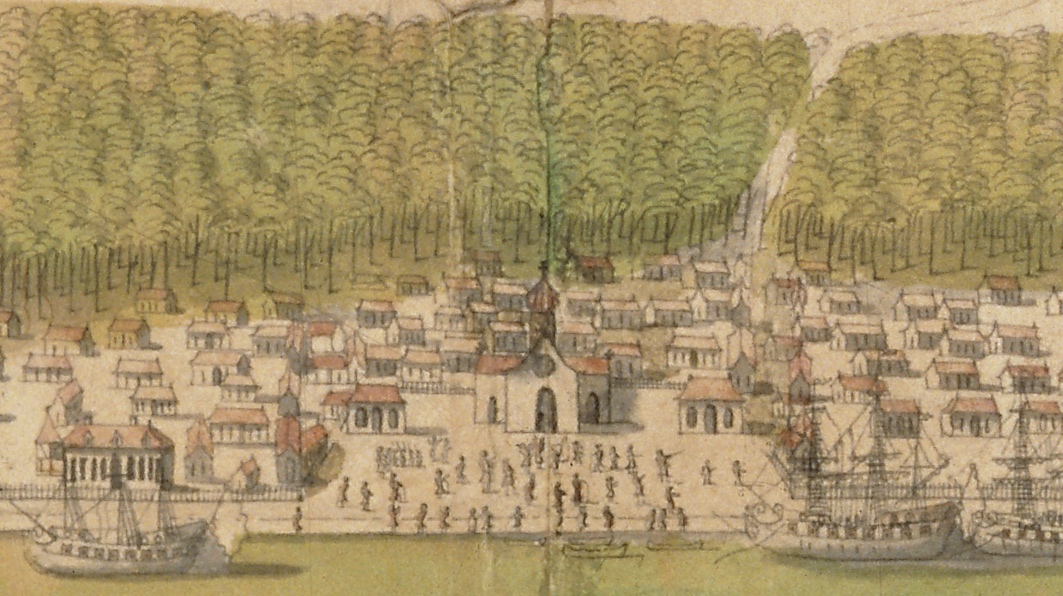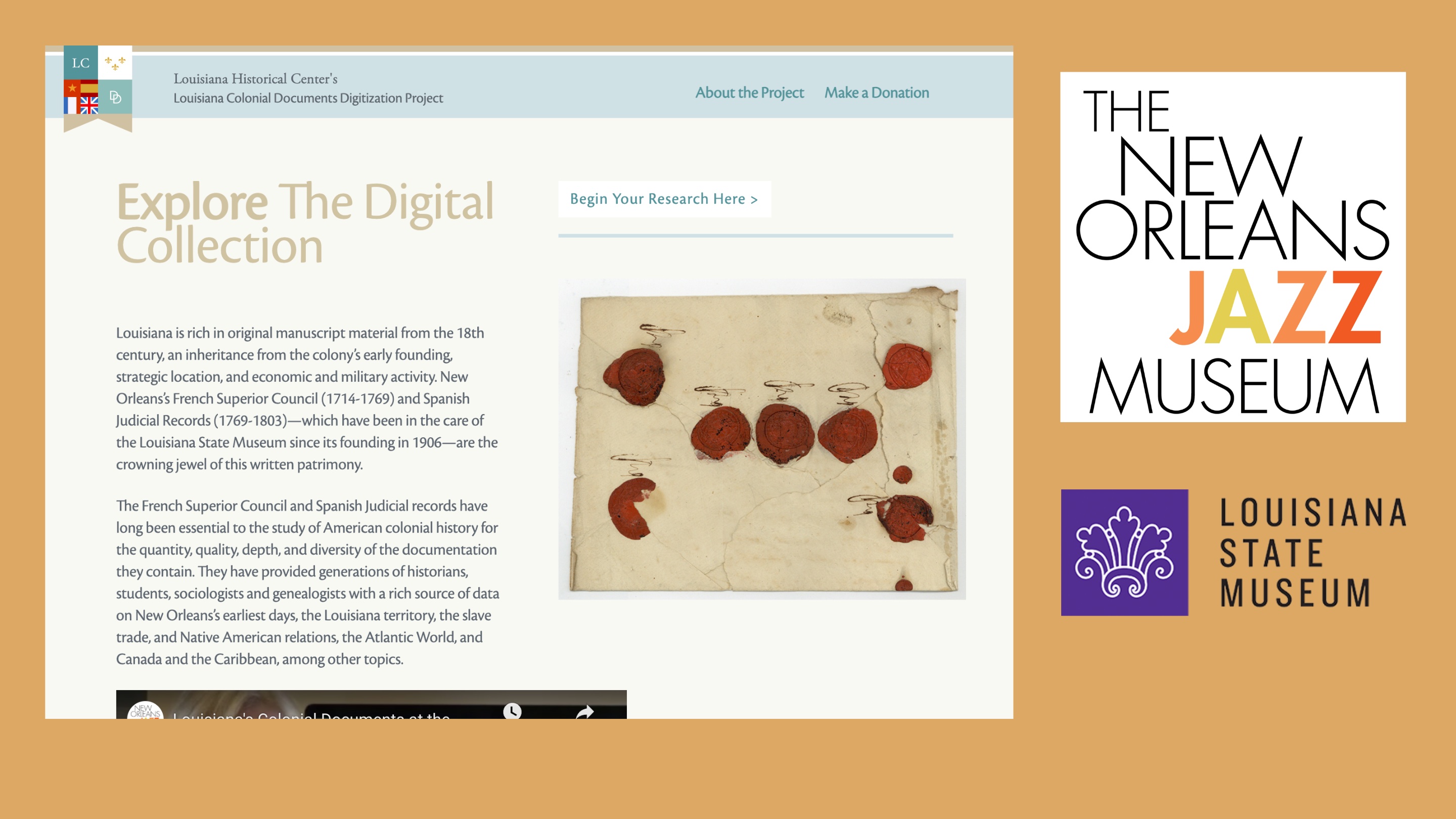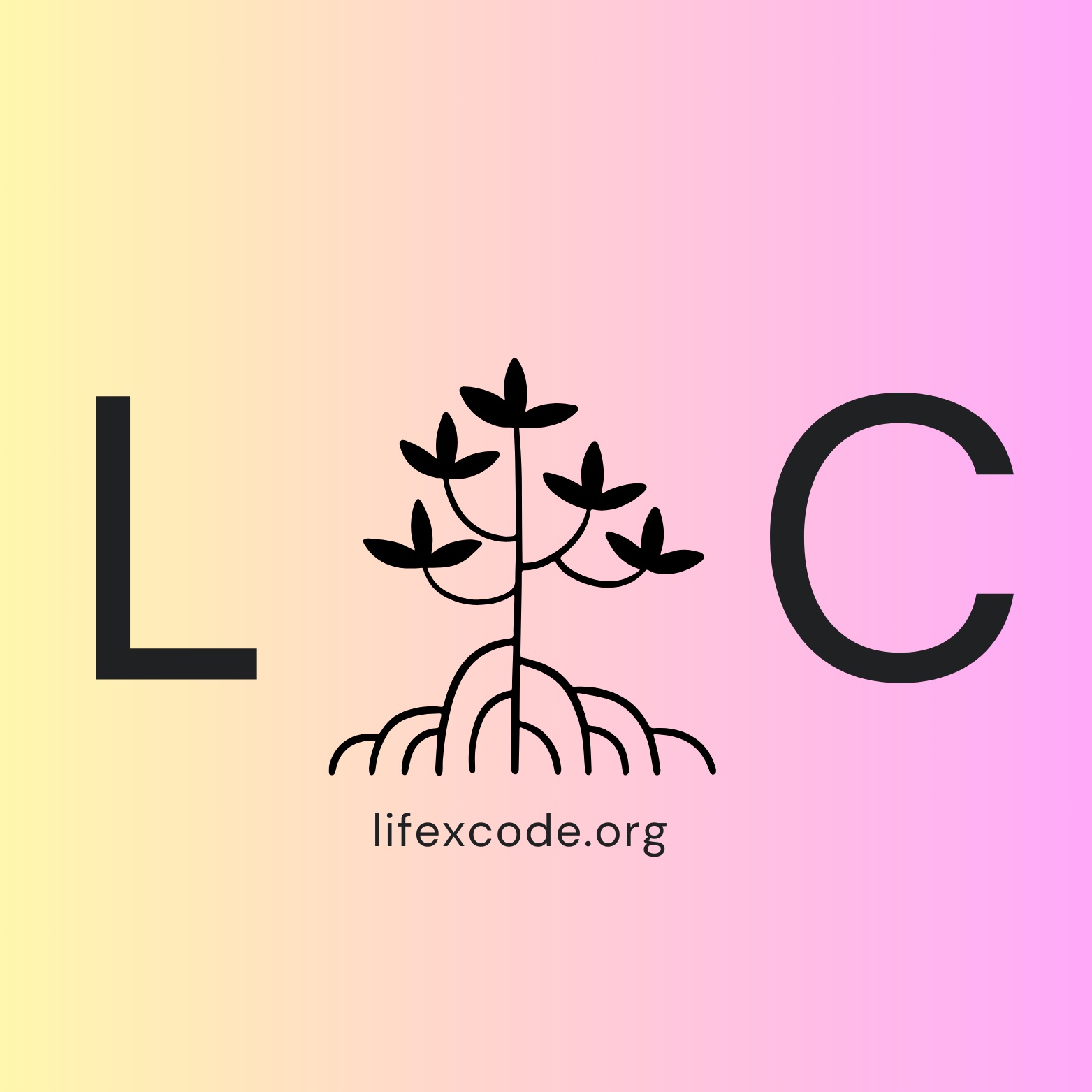The Project

Introduction to the Documents
On this website, you will find documents transcribed and translated documents on Black life in colonial Louisiana. These manuscript pages have been translated from French and Spanish into English by members of the K4BL Collective. The website itself has been built from the ground up by the project team to be accessible on every kind of device, low bandwith (so it loads even when there is a slow internet connection), and with files that take up as little space as possible on your computer. For more information on our design principles and best practices see our documentation on Github. The documents here are a portal into Black and Black-Native life in French and Spanish-occupied Louisiana. Alongside these documents, you will also find the list of over 100 keywords for Black Louisiana generated by the collective and a list of people (surnames) drawn from our research.
These documents are presented with abstracts and keywords, but largely as-is (with little to no narration). To see the documents collected into stories, visit the K4BL Story Site and read some of the narratives or resistance and resilience that span time and place in this rich region.
About the Louisiana Colonial Documents Digitization Project

Target documents are currently housed at the Louisiana Historical Center (LHC) and maintained by the New Orleans Jazz Museum, one of our institutional partners. As described on their website, “The Louisiana Colonial Documents Digitization Project’s digitization and online publication of the LHC’s Colonial Documents Collection will exponentially increase access to a rich archive for researchers of every stripe, from high school students to amateur genealogists to academic historians. This twenty-first-century high-tech undertaking marks the most recent phase of a series of efforts stretching back more than a hundred years to make it easier for researchers to navigate this enormous collection of criminal and civil court cases, commercial transactions, successions, wills, and other legal documents dating back to 1714. Global access to these 220,000 pages, handwritten in French and Spanish, will open up these archives as never before to those who study Louisiana and its inhabitants.”
Through the Louisiana Colonial Document Digitization Project (LCDDP), approximately 200,000 pages of colonial documents (created between 1714 and through 1803) have been digitized by the Jazz Museum and catalogued with descriptive metadata, including subject headings. These documents represent at least one hundred genres of archival material including court cases, bills of sale, birth and death notices, manumissions, labor contracts, passports and shipping documentation, promissory notes, and medical examinations.
The LHC holds the majority of Louisiana’s eighteenth-century documents, however only approximately 3/5ths of them are at the Louisiana Historical Center. Another 2/5ths (some 110 to 120,000 documents) of the colonial documents are held by the New Orleans Notarial Archives. A smaller, undefined number are held at the New Orleans Public Library. For more on the spread of documentation on French and Spanish-occupied Louisiana, see “Housing the Louisiana Archive” a StoryMap created by Olivia Barnard, Associate French Editor and Doctoral Candidate, Department of History, Johns Hopkins University. See also Howard Margot, “Historical Peregrinations of New Orleans’s French Superior Council and Spanish Judicial Records,” Collections: A Journal for Museum and Archives Professionals 11, no. 3 (June 2015): 171–84.
We are grateful to the LCDDP for permitting widespread use of their database and allowing us to provide page images of manuscript sources on our document and story sites.
NHPRC
The National Historical Publications and Records Commission (NHPRC), a statutory body affiliated with the National Archives and Records Administration (NARA), supports a wide range of activities to preserve, publish, and encourage the use of documentary sources, created in every medium ranging from quill pen to computer, relating to the history of the United States.
The NHPRC:
- was established by Congress in 1934
- is a 15-member body
- is chaired by the Archivist of the United States
- is composed of representatives of the three branches of the Federal Government
- is composed of professional associations of archivists, historians, documentary editors, and records administrators
NHPRC administrative staff at the National Archives in Washington, DC:
- implements its policies and recommendations
- advises NHPRC on proposals
- provides advice and assistance to potential applicants and grantees
Johns Hopkins University Sheridan Libraries and University Museums
With more than 7.3 million items in a variety of physical, digital, and electronic formats, the Sheridan Libraries provide the major library research resources for Johns Hopkins University.
The system includes the Milton S. Eisenhower Library, Brody Learning Commons, and Albert D. Hutzler Reading Room on the Homewood campus, the John Work Garrett Library at Evergreen Museum & Library, the George Peabody Library on the Peabody campus, and the Frary Library at JHU Bloomberg Center in Washington, D.C.
Sheridan Libraries is a sustaining, institutional, and technology partner and collaborating member of Keywords for Black Louisiana. For more on the SIT Team see Documentation.
LifexCode
LifexCode: Digital Humanities Against Enclosure offers a grammar of refusal and a language of freedom for the (digital) humanities. Founded in 2020, by Drs. Jessica Marie Johnson and Christina Thomas, LifexCode is an ecosystem of labs, projects, community partners, and members exploring, creating, and centering antiracist and decolonial digital humanities practices.

The tree representing the LifexCode collective in our new logo is called a mangrove:
mangrove: “any of a genus of tropical maritime trees or shrubs that send out many prop roots and form dense masses important in coastal land building and as foundations of unique ecosystems.” Webster’s English Dictionary
Like the mangrove, we labor to transform the salt of enclosure into sweet water and nutrients, rooting deep at the edge of the sea to support and protect ecosystems teeming with resistant and resilient life.
(Tree Image Credit: @ChattPan on Canva)
Sponsors and Thank Yous
Keywords for Black Louisiana would like to thank the following additional supporters and sponsors: The Amistad Research Center; the Historic New Orleans Collection; The Louisiana State Museum; Johns Hopkins University Krieger School of Arts and Sciences; the Historic New Orleans Collection; the History Department at the Johns Hopkins University; Ray Charles Program in African American Material Culture at Dillard University; Africana Studies Program at Tulane University; Black Louisiana History Incubators (a Diaspora Solidarities Lab Microlab); the Mellon Foundation; The Ethel and Herman L. Midlo Center for New Orleans Studies at the University of New Orleans; the Tate, Etienne, Prevost (TEP) Center; the Honors Program at Xavier University in Louisiana; the Black School Design Studio; The Stone Center for Latin American Studies; Hidden History Tours; St. Landry Parish Clerk of Court; St. Landry Parish Tourist Commission; St. Martin Parish Clerk of Court; The Petit Jazz Museum in the Tremé; The Whitney Plantation and Slavery Museum; The River Road African American Museum; The Iberia African American Historical Society & Center for Research and Learning; Katilin Manik, Rachel LaBozetta, Megan Zeller and Lisa Enders in the Department of History at Johns Hopkins University and Andres Gonzalez in Africana Studies at Tulane University for keeping the administrative gears rolling and afloat.
Special thank you to Dr. Nadejda Webb, Assistant Director of LifexCode who keeps all LifexCode projects humming along apace and with grace.